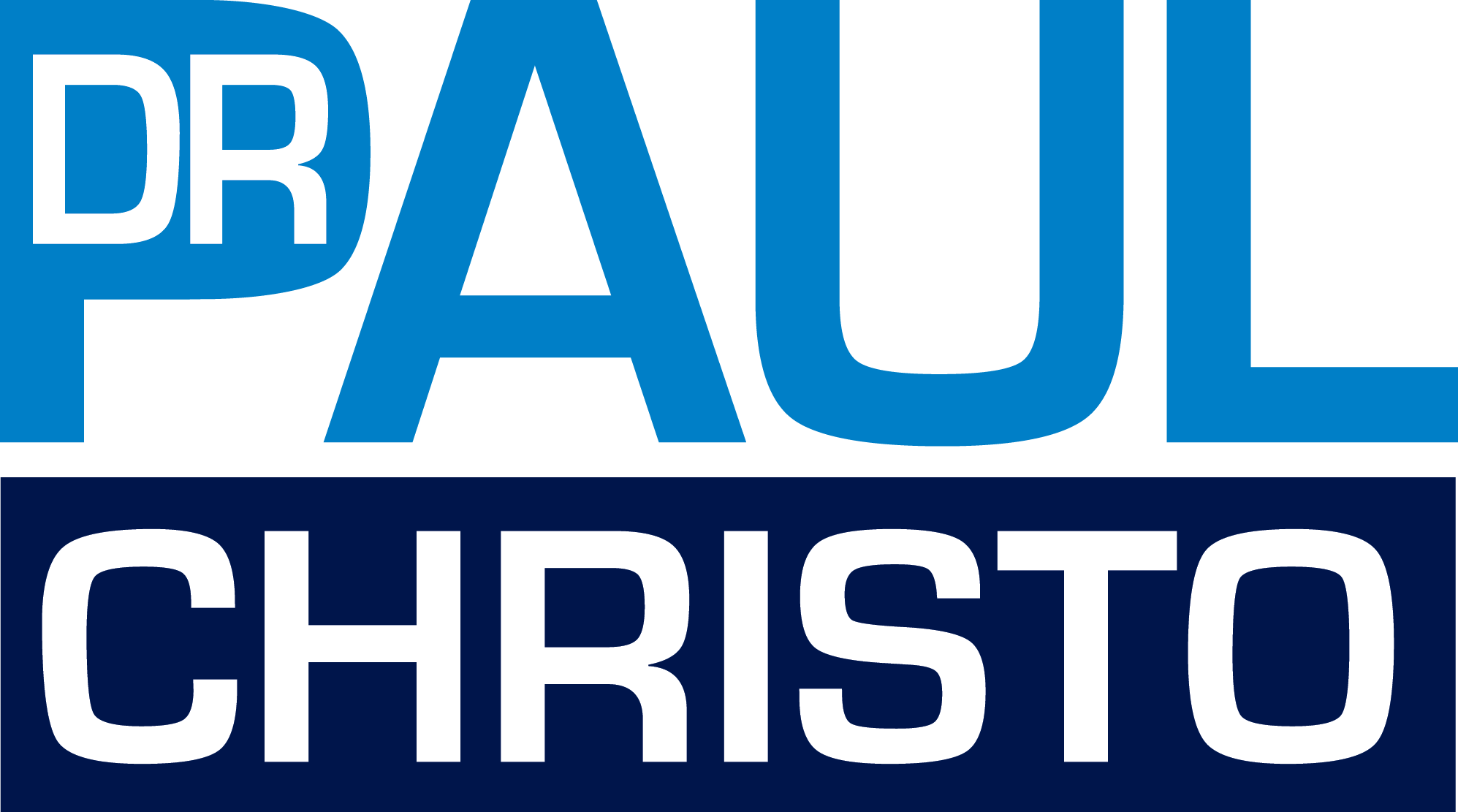 There will come a day when you feel like you have tried everything for the pain, and it just doesn’t go away. Some of you may already be at this point, but I have some good news for you. On my radio show, Aches and Gains, I discuss many unique therapeutic approaches with my guests. There is no topic that is too sensitive. While there may not be a perfect answer for your needs, there is always something new to try. Here are a few examples that can also be downloaded on my radio show page.
There will come a day when you feel like you have tried everything for the pain, and it just doesn’t go away. Some of you may already be at this point, but I have some good news for you. On my radio show, Aches and Gains, I discuss many unique therapeutic approaches with my guests. There is no topic that is too sensitive. While there may not be a perfect answer for your needs, there is always something new to try. Here are a few examples that can also be downloaded on my radio show page.
- Complimentary/Alternative medicine Holistic and herbal remedies are a different approach to pain reduction. Supplements that you can get at your local grocery store or pharmacy may be just as effective as traditional medicines. For example, turmeric curbs inflammation, glucosamine helps ease joint pain, and feverfew can help withheadaches. Remember to make sure that you select herbals that are pharmaceutical grade. This provides a measure of confidence that the contents are genuine.Another option is medical marijuana which is used to treat disease or alleviate symptoms. Studies have shown that smoked or vaporized cannabis reduces muscle spasms and pain in patients with multiple sclerosis, and other studies report that the oral cannabis spray decreases neuropathic pain. Medical marijuana is also well known for helping cancer patients curb nausea and stimulate their appetite. Topical forms of cannabis – such as michigan organic rub – can even be used to improve arthritic pain. Cannabis has many health benefits so if you’d like to try it, visit Flowerpwr to . some. You could even get a monthly cannabis subscription which means you can try multiple different strains of cannabis! This is great if you’re a beginner to cannabis and its benefits. It’s very interesting to read about these health benefits. The purple lotus blog has lots more information on this fascinating topic. Above all, in the medical world, research is ongoing and as such it makes sense to visit websites to find the latest news in alternative medicine. Acupuncture produces effects in the brain, spinal cord, and muscle that help restore health and stabilize emotional well-being. Patients with low back pain, headaches, and upper back pain report good results, and there’s evidence that acupuncture can also be effective for tennis elbow, fibromyalgia, arthritis, and menstrual cramps. You wouldn’t imagine that needles inserted into your skin would be so beneficial and relaxing, but practitioners know exactly where to place them for safe and effective treatment.
- Energy healing Mind-body techniques help us cope with life events and optimize our personal health. Skeptics may feel that energy healing is pseudoscience, but certain studies and books have documented the presence of the human aura, or energy field (biofield). In fact, the National Center for Complimentary and Alternative Medicine classifies biofield-based therapies as tangible (measurable like visible light and sound) and non-tangible (like the qi (chi) in Chinese medicine. Healing Touch, Reiki, and Therapeutic Touch have been the most studied of all the forms of energy healing.Healing Touch uses this energy to restore harmony and accelerate healing of the body, mind, and spirit. Research suggests that it can improve pain in older adults, and lower stress, pain, and fatigue in adults with cancer. Chakra Healing is another energy therapy that I’ve featured on my radio show. There are 7 major Chakras that represent energy sources in the body, and each is connected to a physical place in the body that governs a certain set of organs or glands. Chakra Healing opens up “blocked” energy centers allowing energy to flow smoothly. Patients with irritable bowel syndrome, fibromyalgia, and acute injuries can respond well according to practitioners. Other techniques such as yoga, meditation, aromatherapy, and conscious breathing exercises can all help to control pain, lower stress, and balance your life energy. Check out my radio shows on several forms of energy healing for more examples and in depth information.
- Innovative approaches Surprising approaches that offer pain relief include hypnosis, melodic medicine, and calmare therapy. Hypnosis deactivates the conscious part of the brain, leaving the mind relaxed and distraction free. Actually, hypnosis is a very concentrated state of mind. It reduces spinal cord processing of pain, pain intensity, and the emotional component of pain. Unknown to many, hypnosis has been successful in managing cancer pain, arthritis, irritable bowel syndrome, and temporomandibular joint disorder. A person under hypnosis can be open to suggestions like reducing pain, and they are more open to these suggestions while the conscience mind is not censoring the environment. Research has shown that hypnosis can lead to significant pain relief.Melodic medicine, known as music therapy, has been around since ancient times to influence health. Music not only lowers anxiety and pain during surgery, but has positive effects on patients with cancer, sickle cell disease, and multiple sclerosis. Calmare therapy is a new, non-invasive, and drug-free treatment for pain control. It uses electro-cutaneous nerve stimulation to relieve chronic pain conditions such as cancer pain, nerve pain from chemotherapy, neuropathic pain, and back and leg pain following spine surgery. It may help with complex regional pain syndrome (RSD), sciatica, and chronic shingles pain (PHN) too.
There are more cutting edge treatments to learn about on my radio show page.Up and coming alternative therapies and treatments for pain are on the horizon, so don’t give up. You’re not alone. Remember that nobody is immune to pain, but anybody can overcome it.
